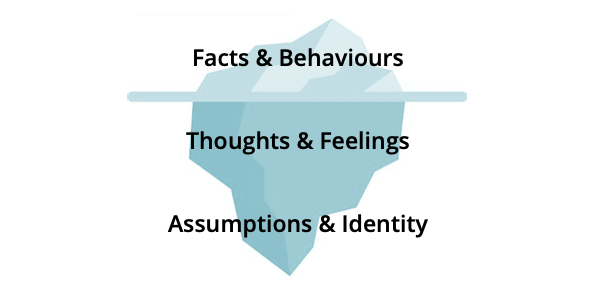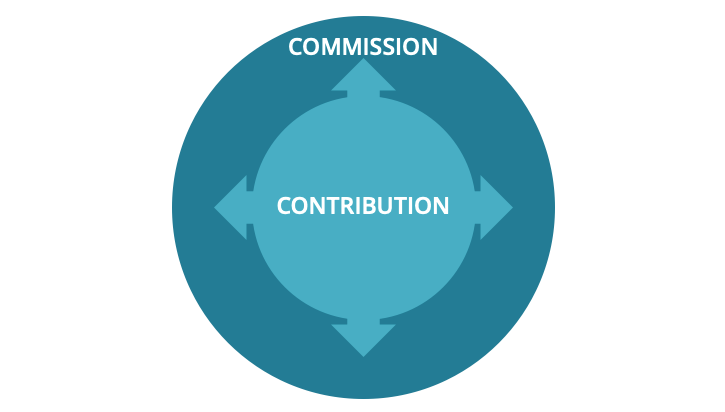This is from the Mastering The CEO Learning Curve email series, which you can sign up for here.
[MCLC] 1 - Defining your CEO legacy
“Those 24 hours completely changed my trajectory whilst I was onboarding as CEO.”
Welcome to this brief series on “Mastering the CEO Learning Curve” (MCLC for short).
We’re going to cover some incredibly significant operating principles for any new CEO; they represent the difference between laying firm foundations and building on sand.
They’ve come directly from my work as a trusted advisor to chief execs. Road-tested with clients like Rob (CEO of a $3B IT services company), Kelly (CEO of a 800-person digital transformation business) and François (CEO of a $100M software-as-a-service company).
In fact, the quote above comes from one of those CEOs. We took a day out, very early on, to work on his vision of what success would look like, and what mindset and behaviour shifts would serve him most as he established himself in the top job.
I’ll explain more in an upcoming article what was so helpful in those early months, but first we need to lay down a couple of key ideas.
So, strap yourself in and let’s go.
The iceberg principle
As a new CEO, there are probably a whole bunch of questions on your mind:
- What’s my 100-day plan?
- Who do I need on my team?
- How do I balance the short-term and the long-term (more on that later)?
- What needs fixing?
- And so on.
But let’s just slow down for a minute. As a mentor of mine is fond of saying, “You don’t get what you want; you get who you are.”
You see, we often operate at the level of surface facts & behaviours; but driving those are thoughts and feelings; and driving those are questions of beliefs and identity. And I find that unless we dive below the surface, we only ever get incremental change. I call this the iceberg principle:

So let me ask: what do you really want out of being a CEO?
(Go ahead. Stop reading for a second, and come with some ideas.)
It’s interesting to note what comes to mind first of all. Are the initial ideas to do with what you want to receive, or what you want to give? If we’re honest, there’ll be a mixture of both in the list.
The wall of self-preservation
As you take on the CEO mantle, a number of feelings can bubble up quite naturally. It can feel like:
- I’ve something to lose: If I don’t please the board I’m going to be out of this job, fast.
- I’ve something to prove: I need to prove to myself/my family/my colleagues/my late father that I’m really up to the CEO job.
- I’ve something to hide: I’m not really qualified for this job. I feel like an imposter. Perhaps I’ve exaggerated my track record just a little. Surely I’m going to be found out.
These aren’t bad feelings and there’s no need for guilt. But they aren’t going to be helpful driving forces. They will cloud your judgement. They will lower your ability to build trust, as others will pick up on the underlying fear.
And so this is the paradox: the more we’re driven by fear and self-preservation, the more likely we are to lose the very thing we’re trying to protect.
So let’s acknowledge the fears that are present, but decide to come at things from a more rewarding and effective angle.
The Commission/Contribution Framework
That angle is service, and one of the most helpful ways to get clear about the impact that you want to make it through what I call The Commission/Contribution Framework.

Commission: Understand the environment
Firstly, the commission. Who are your stakeholders and what do they hope for and expect from you? If they were in the room with you know, what would each constituency’s heartfelt request to you be? And how will that change over the next couple of years?
For example, your investors might be asking you to hit $100M in EBITDA and help them exit in 3 years; your customers might be asking you to fix the terrible customer service and start innovating again; your employees might be asking you to provide more career opportunities and provide some clear focus for their work.
Contribution: Determine your legacy
It’s highly likely that you’re facing a contradictory and potentially unrealistic list of ‘asks’ from your stakeholders. That’s OK: stakeholder conflict is the sea in which the CEO swims. So now we need to get personal:
Given all those wants and needs, what impact do you want to make? What’s important to you?
This is the Contribution question. Think of it as the legacy that you want to leave. Get specific and answer the following question:
I would like to leave this CEO role in (X) years having made the following impact:….
You’re not signing anything in blood here, but you are getting very intentional about what would bring you the highest degree of satisfaction in the role.
This sense of purpose is the authentic heart of CEO presence. Without it you'll just be another manager focused on the numbers. Because before you can move others, you need to be moved yourself.
Next time: CEO Focus
In summary: the anxieties and stresses of the new CEO role can lead even the most confident of us into and unhelpful mode of self-preservation.
But when we focus on our contribution, and maximise our service to others, the other rewards will naturally come to us.
Next time, we’ll look at how we can extend the Commission/Contribution framework to build a heuristic - a rule of thumb - for balancing the short-term and long-term requirements of the business.
I’ll be back in your inbox in a couple of days. In the meantime, feel free to hit REPLY and strike up a conversation.
Richard
